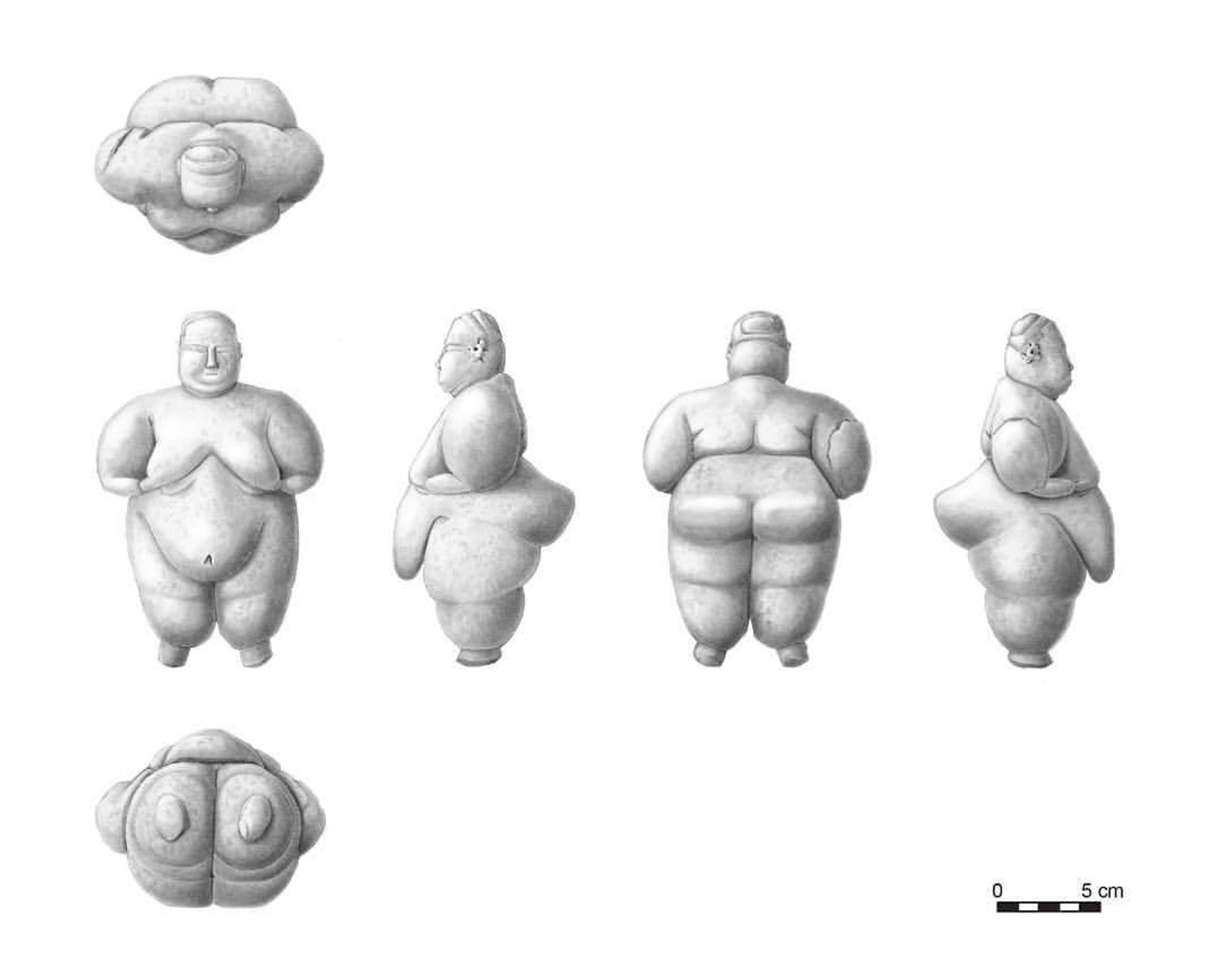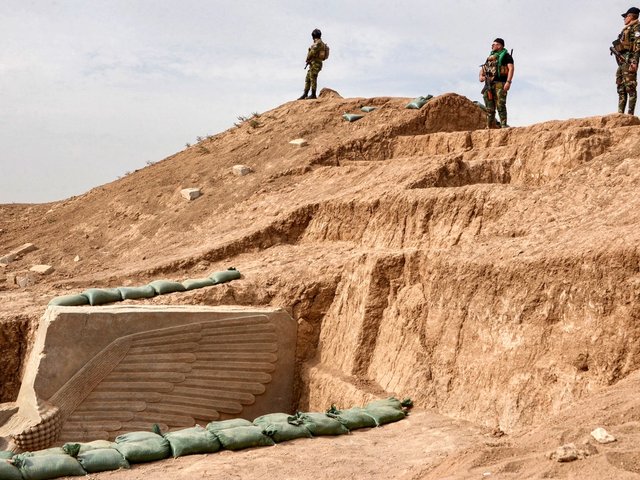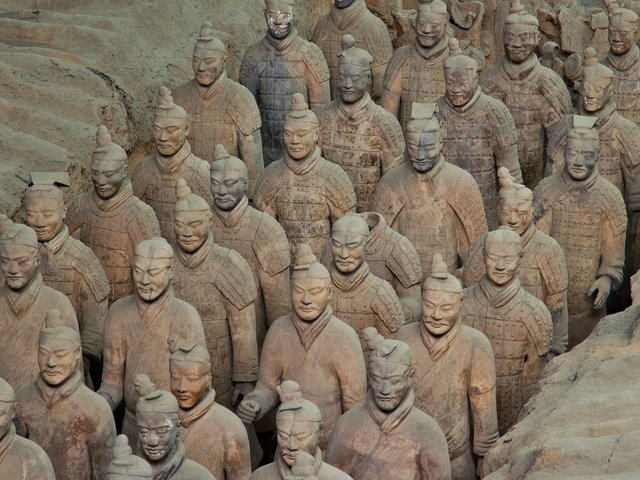This week, the Turkish Ministry of Culture and Tourism announced an exciting new discovery at Çatalhöyük in southern Anatolia, central Turkey, the site of a well-preserved Neolithic settlement: a statuette of a zaftig female dating to around 8000-5500 BC.
The marmoreal stone object, with such details as hip creases and an indented navel in a protruding stomach, weighs 1kg and is 17cm in length. Its uniqueness is due to its material (while this is stone, most figurines are clay), its skillful carving and its intact condition, according to Ian Hodder, a Stanford University professor who has led an international archaeological team at Çatalhöyük since 1993, reached by the Associated Press (AP).
Hodder told the AP that this statuette was presumably a ritual object, based on its location beneath a platform, rather than in a rubbish pit. And “with its sagging breasts and belly”, the figurine is more likely a representation of an older woman who has attained a high social rank, rather than a fertility goddess.

Çatalhöyük—meaning the “forked mound”, in Turkish—was discovered in 1958 and named a Unesco World Heritage site in 2012. The proto-city provides insight into the developments of sedentary human settlement during the Neolithic period, and has layers of domestic buildings that date from 7500 BC to 5600 BC, including some decorated with hands painted on the walls.
Despite its age, the Çatalhöyük lady is not the oldest figurative sculpture ever found. That title is usually agreed to go to the Ice Age Lion Man statuette in the Ulmer Museum, carved from mammoth ivory and believed to be around 40,000 years old.



